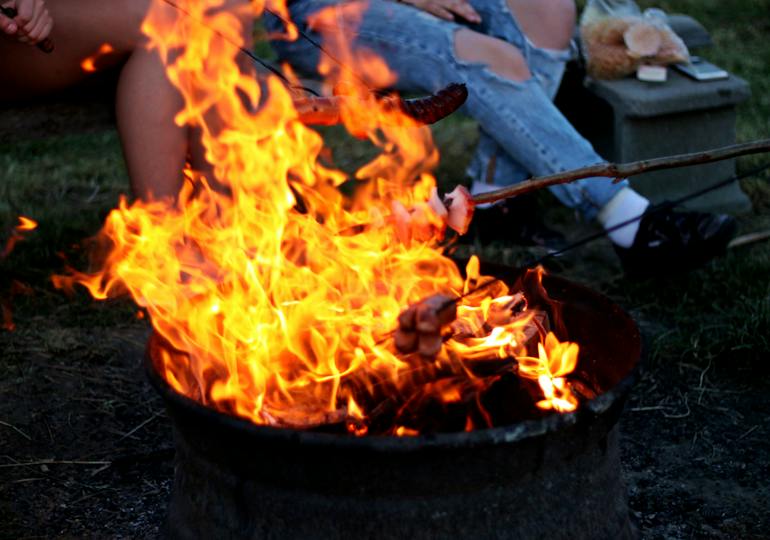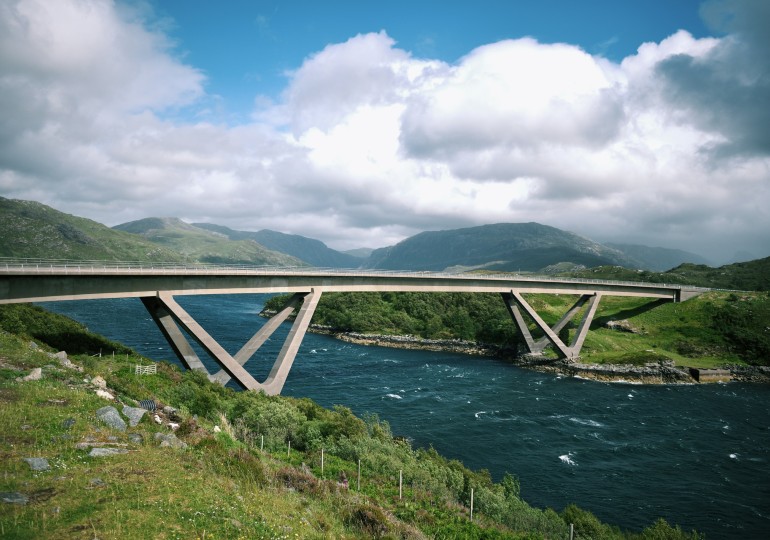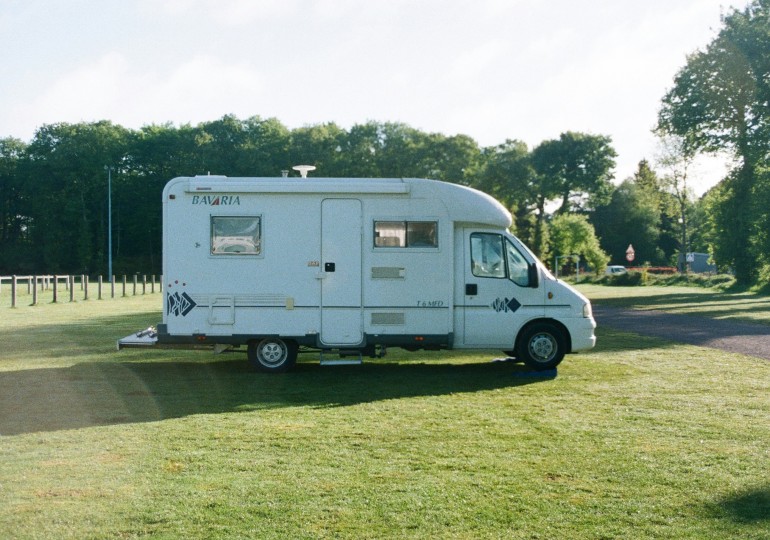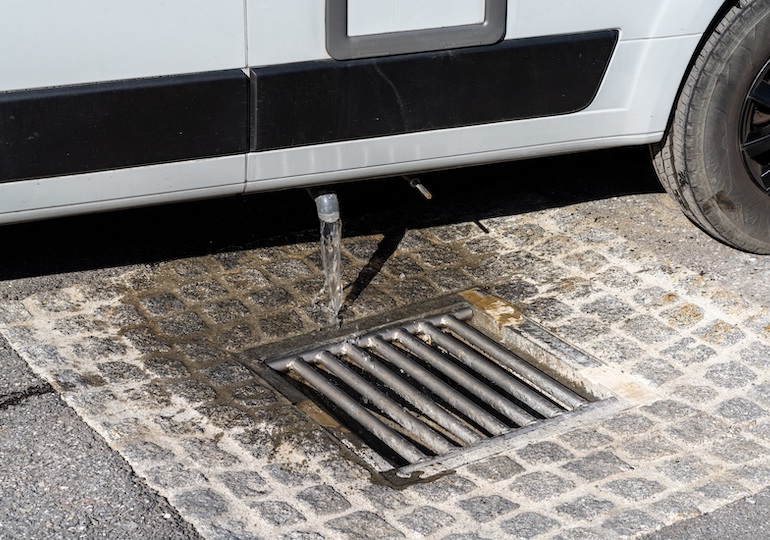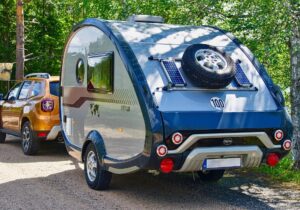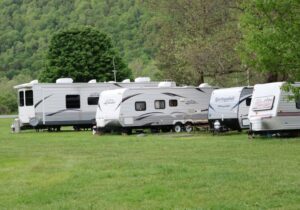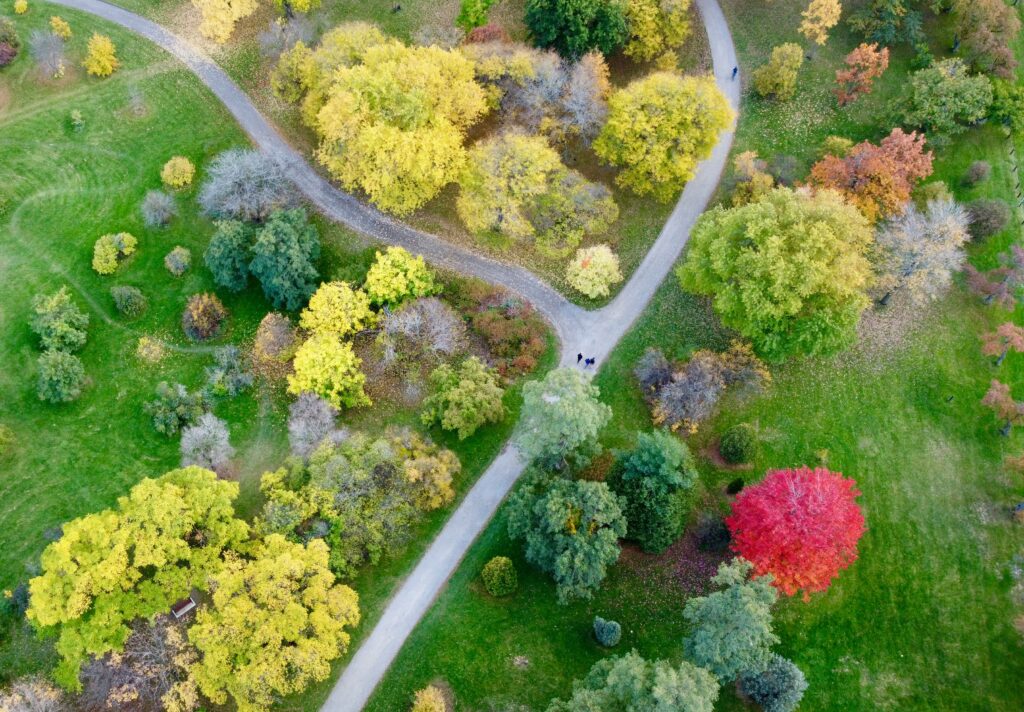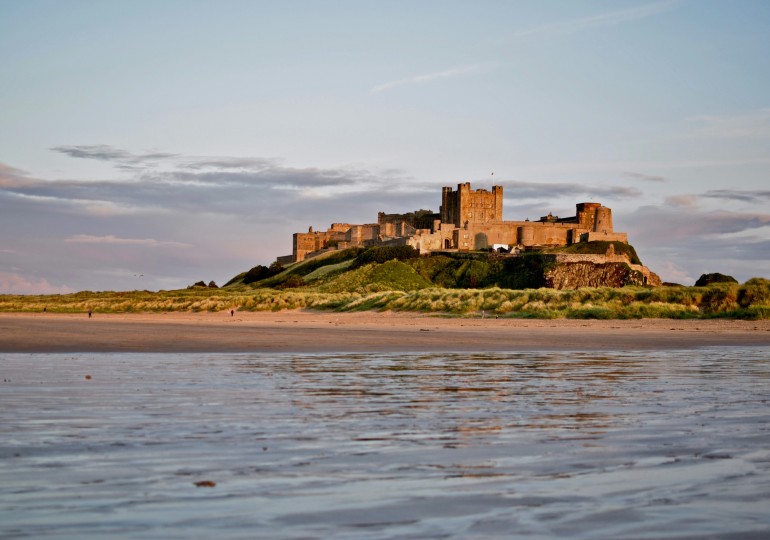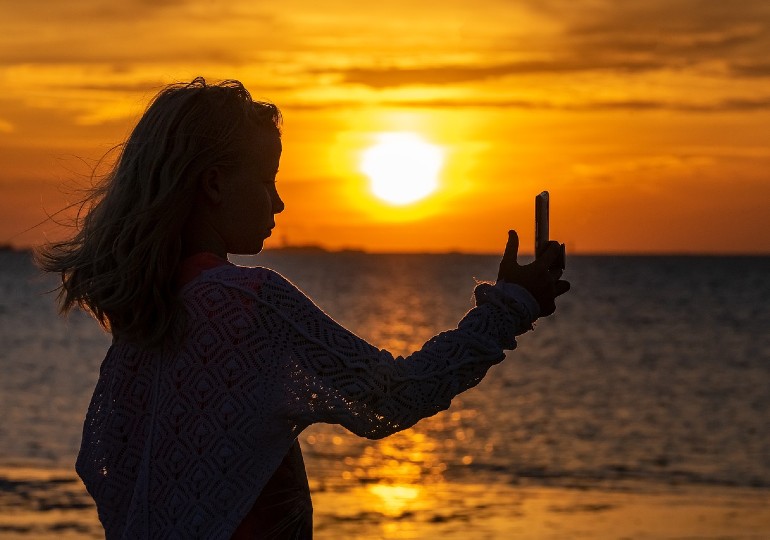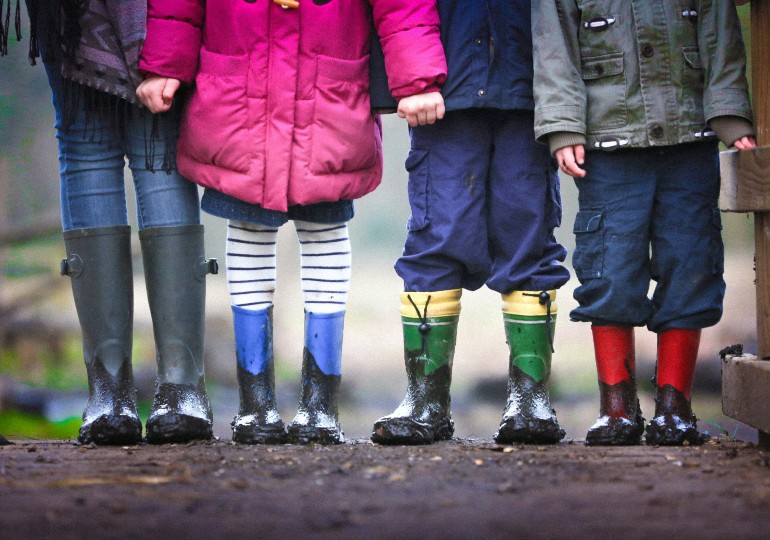Dan Cartwright has over 12 years of experience in the caravan and motorhome industry. He is a judge for a number of prestigious leisure vehicle awards and regularly heads off in his motorhome with his family. Every week, Dan shares his insights with the community. Here’s what he has to say this week.
This week in the Cartwright Chronicle, I’ll be answering some of the most frequently asked questions I receive about motorhomes and campsites. These come from both newbies and seasoned leisure vehicle veterans, so there’s something for everyone.
Frequently asked motorhome questions
1. Can you drive with water in the tank, or grey and black water in your waste?
To both – yes. Driving your motorhome with water in the tanks won’t cause any damage to the vehicle, although there is quite a significant ‘but’ here. Specifically, your payload.
Every motorhome has what’s known as a Maximum Technically Permissible Laden Mass, or MTPLM. In other words, that’s how much weight your vehicle can carry safely and this figure assumes there isn’t any wastewater onboard. Flaunting MTPLM restrictions will invalidate your insurance, not to mention the safety issues.
Then, there’s the MIRO – Maximum in Running Order. This is what the manufacturer *thinks* your leisure vehicle should weigh upon leaving the factory and usually includes a 75kg driver, a tank of fuel and engine fluids – nothing else.
So, when thinking about your payload, if you have 300kg to play with, you might have to choose between carrying your water or your passengers, shopping, bikes and other important things. As such, it’s often a good idea to travel with empty water tanks – particularly grey and black, which you should dispose of on-site at the appropriate facilities.
2. Do you need to use levelling ramps?
In short, no. They are very much a comfort option, designed to help your motorhome drain properly and allow you a restful night’s sleep. If you’re parked at an angle, you might notice sinks don’t drain and water systems have difficulties trying to pull liquid through.
It’s also very tough to sleep, even on the smallest of inclines. So, I’d certainly recommend bringing levelling ramps with you in your motorhome, but if the vehicle is level, simply leave them in the cupboard.
3. Is it safe to drink the fresh water in your motorhome?
In the UK, if a campsite designates it as drinking water, then yes, it’s fine to drink. But, that being said, it’s only drinkable at the point at which it left the tap, not once it’s travelled through your water system.
Your pipes could have nasty things hidden within, like a buildup of bugs, for example. So, while probably not dangerous, the fresh water in your motorhome might not be the best tasting.
4. How many people can travel in your motorhome?
The correct answer here is that it depends on how many seatbelts you have. It may seem like a silly question with an obvious answer, but there are six-berth models out there that only have four belted seats, which is somewhat confusing.
In that situation, you could only have three passengers legally. Moreover, you must consider your payload and what else you wish to take in the motorhome. Nobody wants to get pulled over at a weighbridge and have to leave Grandma with the police, or have passengers follow behind in a taxi.
5. Can I leave the fridge running on gas while travelling?
No! Although it’s tempting to do all of your shopping at home and set off with a full fridge switched on, you mustn’t do this. Instead, switch it on for a few hours before you leave and keep it shut on the journey – it will keep at a cold temperature for a very long time.
Top tip: with your freezer, if you can get it cold before setting off and there’s space inside, fill it up with items such as bread, which will help keep the temperature down for even longer. Of course, you can use things like cool bags in the same way.
Frequently asked questions about campsites
1. Is it safe to park on a grass pitch?
Normally, yes. If it becomes wet and muddy, you might have some issues getting the motorhome off the pitch. But if you are going to park on grass, I’d suggest taking a tow rope and making sure you know exactly where the towing eye is, in case you need a helping hand.
2. Will I lose my pitch if I go for a drive?
This really depends on your campsite setup. Many have allocated pitches that guests are assigned upon check-in. However, if you’re staying at more old-school, free-for-all type sites, then you probably will lose it.
Pitch markers are handy tools for this scenario. Maybe something with your name and registration number on it, just to show that you are parked there. Most of the time, pitch stealing isn’t deliberate, it just happens when someone drives past and likes the look of a seemingly empty space.
3. Where is best to park for one night while travelling?
To the people asking this question, it’s always best to book a campsite. I want to be clear that in the majority of situations, it is unsafe, illegal and inadvisable to park on the road, in a layby, or a supermarket car park.
The laws around parking on the side of the road are a grey area, but it’s a huge risk for your safety. Plan ahead and look around – you’ll never be more than four or five miles from a Certified Location campsite!
4. Do you always have to reverse into a pitch?
This one also feels like a strange question, but then again, quite a few people have continental motorhomes with habitation doors on the opposite side to UK models. As such, parking to the left of your pitch means it will be easier to get out onto the hard standing, rather than the grass at the edge of the pitch.
Different sites and associations have various rules, most of which have relaxed and evolved over the years. One thing I’d say is that it’s probably better to reverse in, as all motorhomes have a front towing eye.
If anything at all goes wrong and your leisure vehicle needs to be removed in an emergency, or it gets stuck, or even breaks down – then at least it can be towed if the front is facing away from the pitch.
5. Can I start a campfire?
The answer here is invariably – or almost always – no. Fire doesn’t mix well with leisure vehicles, tents and grass, especially in close proximity. Some sites will have designated areas to enjoy campfires safely, with the appropriate risk assessments carried out.
If a campfire is something you have your heart set on, you probably could find a site that allows it. But don’t expect to be able to recreate #VanLife Instagram stories, sat outside your motorhome with a huge fire, playing the guitar!
Next week, I’ll be talking about caravans and campervans. So, if you have any burning questions, get in touch and I’ll do my best to answer them!
Photo credit: Michaela Markovičová / Pexels

